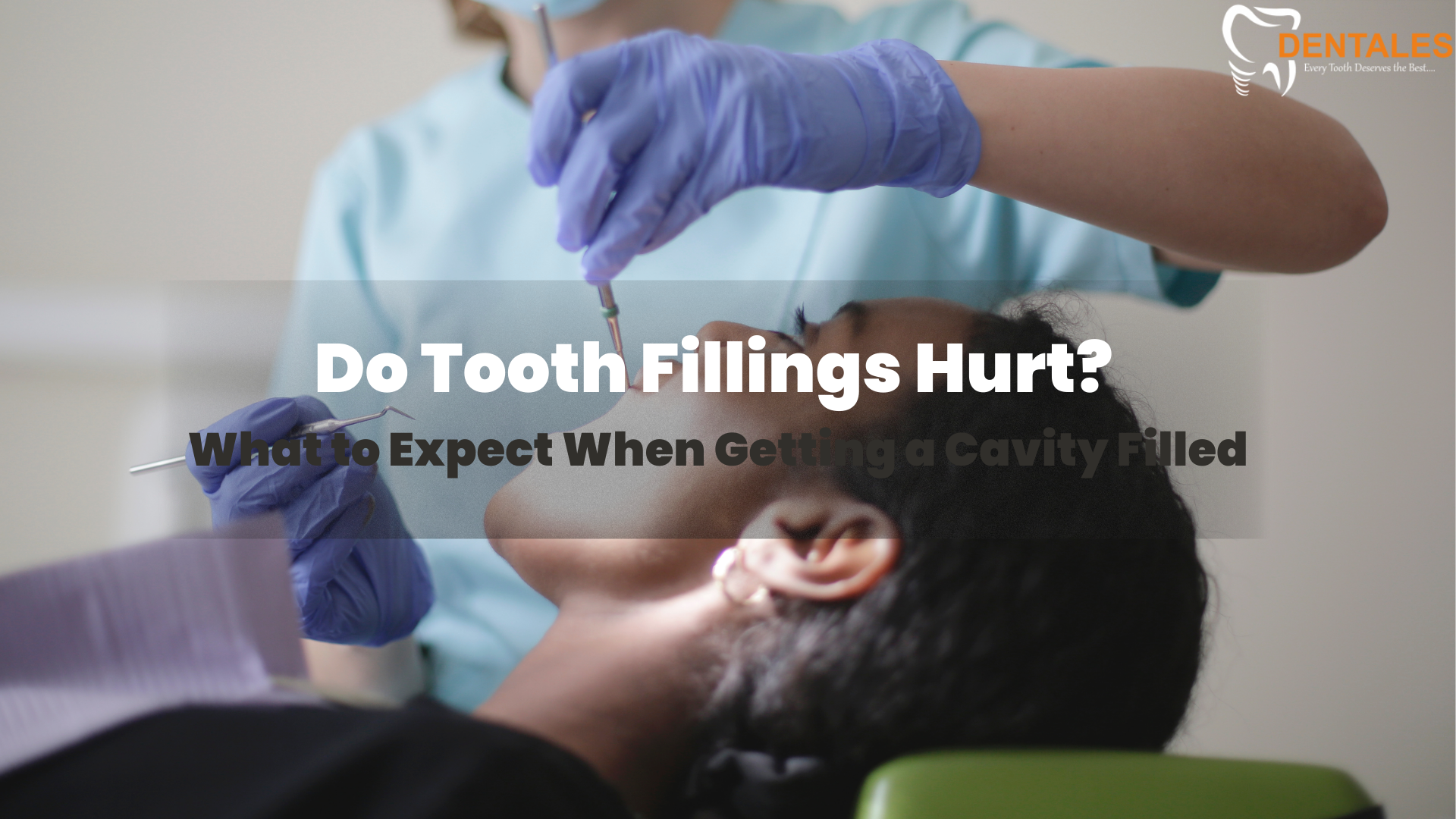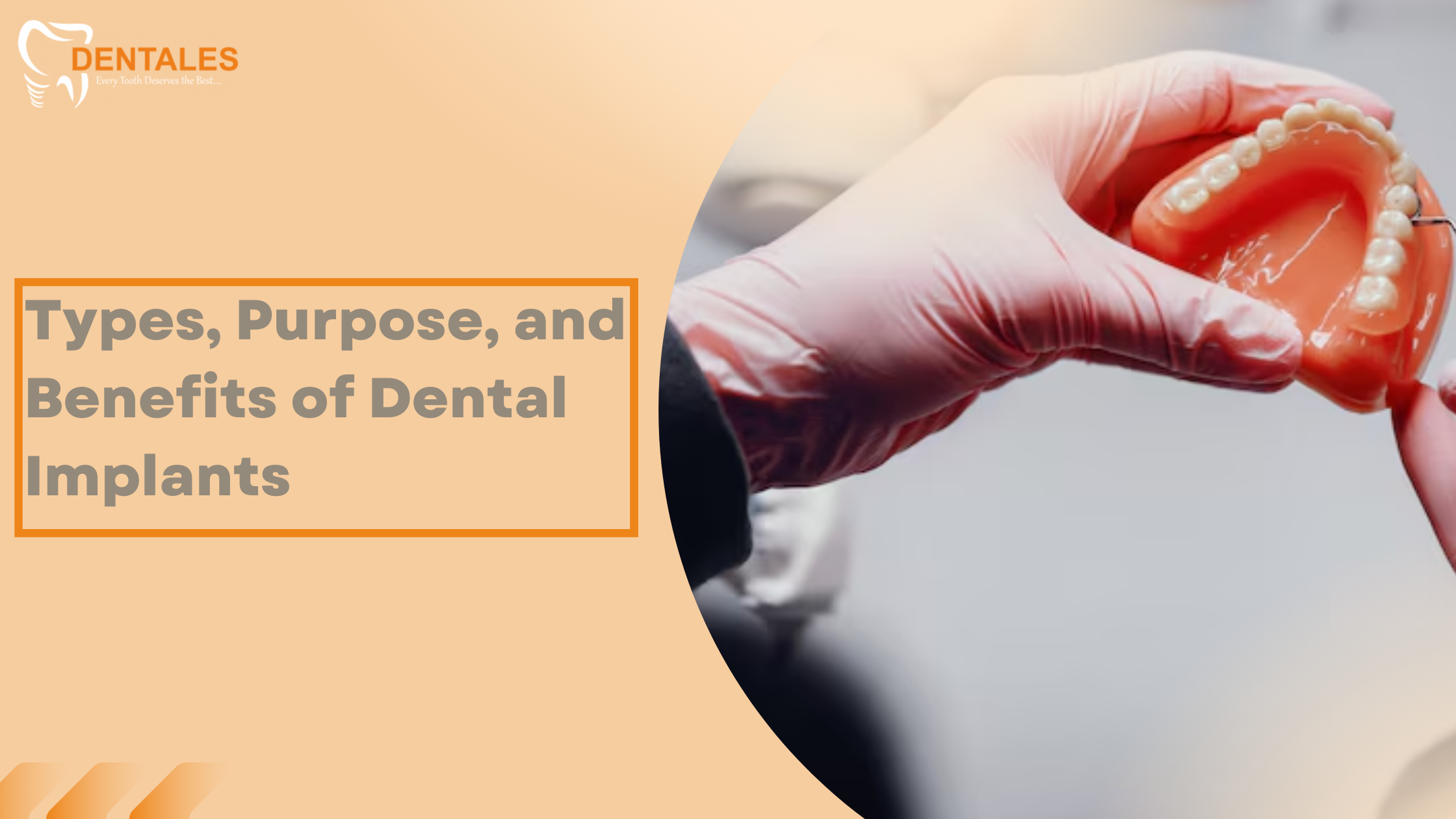
After the invention of modern techniques in the healthcare industry, most medical problems have become easier. In that way, tooth fillings are one of the crucial methods to remove cavities from your teeth. The tooth may be affected by a cavity, or it may decay. There are step-by-step procedures to treat your tooth cavity during the tooth-filling process. To learn whether tooth filling is painful or not, continue reading the content below.
Is Tooth Filling Painful or Painless, and Why?
The tooth filling is basically a painless procedure because, with the help of advanced technologies, anesthesia is injected to numb your operative area. Here are a few reasons to know why tooth filling is painless.
Usage of Modern Tools
Are you a patient with dental cavities or cracks and thinking is getting a filling painful? With the implementation of modern tools like abrasion tools, lasers, drills, detectors, etc., there is less pain during the tooth-filling process. It becomes an easy, quick, and stress-free method. It has less vibration during the process, which causes no irritation, and the dentist also provides a cooling spray that prevents dental nerve irritation.
Injecting Local Anesthesia
The loss of sensation is needed to go through the complete tooth filling process. It makes your tooth numb to avoid discomfort and pain during the process. To add on, local anesthesia not only numbs your tooth but also the entire surrounding area around it for a completely painless procedure.
Quick Procedure
The progress of the dental filling includes only a few processes, which consume very little time. The procedure starts with a clinical examination and ends with polishing and a post-operational check. This step might take only less than an hour to complete.
Failure to implement the above steps can result in a painful tooth-filling procedure. When doctors follow conventional methods without advanced tools or techniques, there might be a little risk of experiencing pain during the tooth-filling process. Therefore, opting for an advanced tooth-filling technique is necessary.
Expectations of Getting a Cavity Filled
Dental filling is one of the important processes for maintaining your dental health. But before the procedure, have you ever expected what the process would be when the cavity is filled? Look below for
Clinical Examination
The tooth filling process begins with a thorough clinical examination to understand the difficulties and pains experienced by patients. The doctor assesses the dental area to check the sensitivity, dental health, and pain. To add on, x-rays provide a visualization of your dental health, which is called a radiographic examination.
Treatment Techniques
The dental treatments involve modern tools, techniques, and procedures. The modern tooth filling procedure prepares the patient for a painless cavity removal. In fact, modern tools reduce tooth pain by injecting anesthesia over the cavity area. To add on, the types of fillings are resin, amalgam, and more. Each filling consists of a different procedure to cure the decayed tooth.
Removal of Cavities
A modern dental filling procedure removes the cavity with modern tools. After the diagnosis, we inject the anesthesia and then clean the tooth to remove the decay. The damaged pulp will be removed from the tooth, which is filled with bacteria and decayed tissue. Then, the canal is filled with respective fillings to restore the tooth.
Filling and Polishing
There will be a material called filling material, which is replaced with the damaged cavity. Such as resin, ceramic, and more. These filling materials help in replacing the cavity tooth in a layered process. Polishing is the last step in the procedure, which is done after tooth filling. It helps to make the tooth surface smooth and prevents further cavities.
Post Operations Check
After undergoing the tooth filling process, there are adjustment checks, evaluation of sensitivity, review, appeal, x-rays, and a few post-check processes included.
Symptoms to Understand When You Need a Dental Filling
- Sensitivity: When you eat foods that are too cold or hot, it may result in sensitive teeth. This scenario includes consuming sweets, cool drinks, and hot chocolates, which can indicate potential tooth issues.
- Cracks and Holes: The teeth may have gaps, lines, or pits around the affected area. It is better if you check your mirror daily or visit a dentist for further treatment. Never procrastinate if you encounter a problem in your teeth, which is important to cure soon.
- Bad Breath and Taste: The decayed part or intense cavity may result in unpleasant breath. These conditions can cause discomfort while speaking. Furthermore, a nasty taste evolves, like a metallic taste, due to the intense decay of cavities. Therefore, it is essential to get it tested and cured as soon as possible.
- Tooth Soreness: There is a possibility of getting tooth pain when you chew food. It may get stuck in the damaged places, or you may get some pain while chewing, which results in cavities.
Final Thoughts
Generally, the tooth-filling process is a painless procedure for people of all ages. With innovative modern medical techniques and tools, dentists care for your teeth professionally. Tooth filling includes various expectations like numbness, sensitivity, decay removal, filling, polishing, and post-care. Now, have you found your solution for your hidden cavity problem? Book your consultation at Dentales for the standard quality dental treatment in Delhi. The services include dental implants, polishing, whitening, and more. Make the moment the right time to wash away your dental problems with Dentales!


